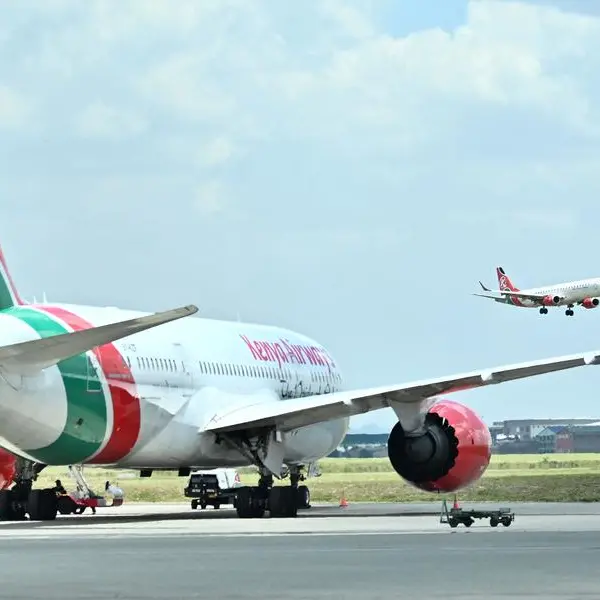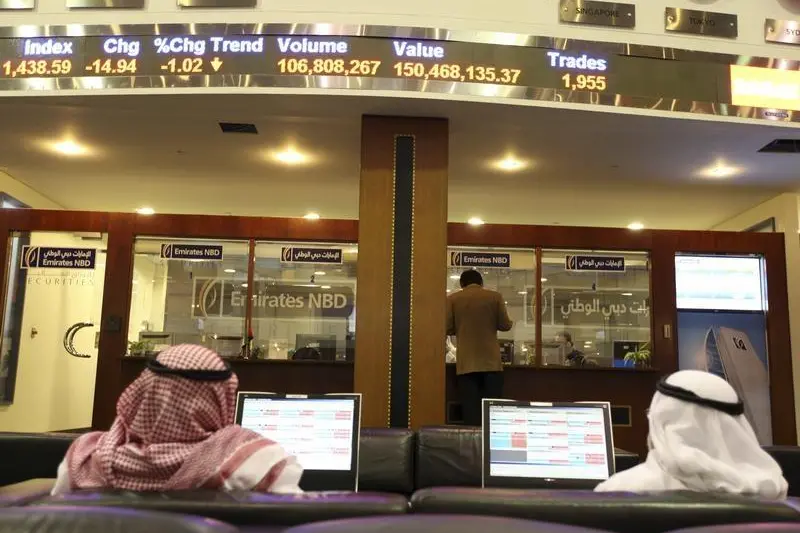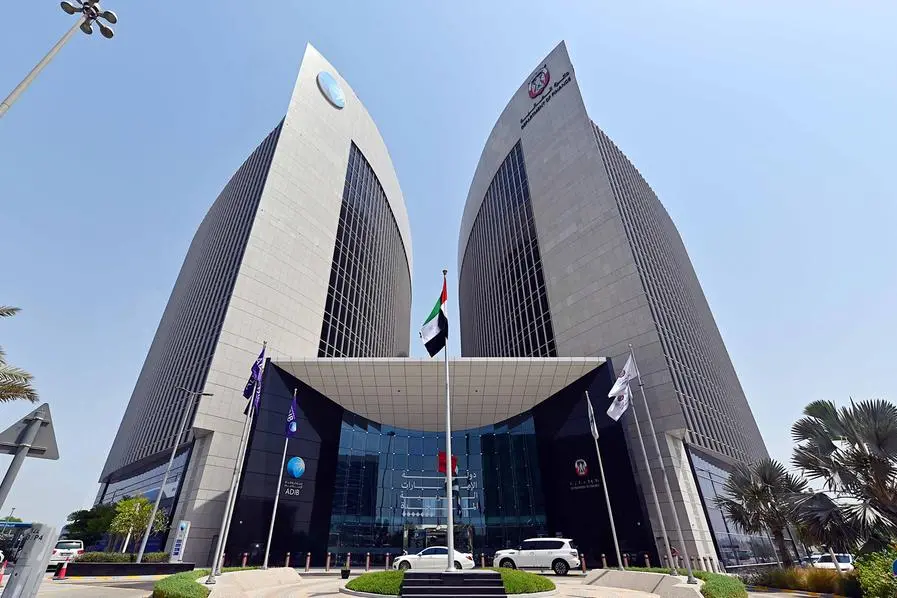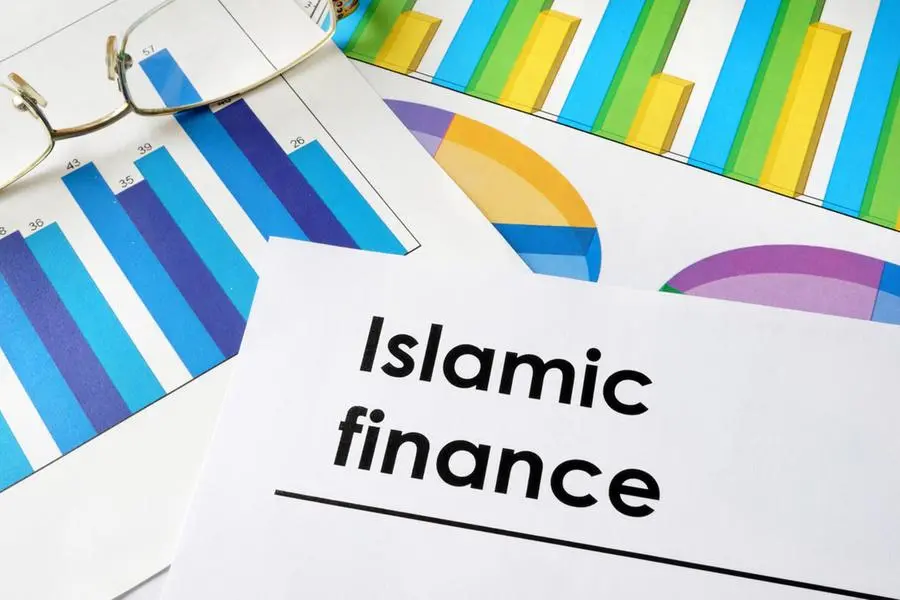FRANKFURT- Germany boosted installations of onshore wind turbines by 46% last year, but the government must do more to speed up a wider roll-out of new capacity to help decarbonise the energy system, industry groups said on Tuesday.
"The (2020) volume is not enough to meet climate targets or the rising demand for climate-neutral energy from our industries," engineering group VDMA and wind power lobby BWE said in a statement.
Wind power is one of the most important drivers of Germany's transition to renewable energy, and a government target for green energy to reach at least 65% of electricity production by 2030 will be missed at the current rate of growth, they said.
The groups' data for 2020 showed operators installed 1,431 megawatts (MW) of new onshore wind capacity last year, up from 983 MW added in 2019. That lifted total capacity to 54,938 MW at the end of December 2020, up by 1.8% from a year earlier.
Challenges remain to speeding up installations, with local citizens often holding up construction of turbines near residential areas.
There is much red tape, and operators are uncertain about future profitability under a tendering regime that replaced provisions under the renewable feed-in law of 2000 (EEG), which used to guarantee support payments to operators.
The industry groups estimate that, given growth in power demand, expanding onshore wind capacity by 5,000-6,000 MW per year is essential in order to reach the 2030 targets.
For 2021, VDMA and BWE forecast additions totalling 2,000-2,500 MW.
A revised version of the EEG last month envisaged 71,000 MW by 2030, while the environment ministry said the aim should ideally be 95,000 MW.
Sector leaders include Siemens Gamesa, Nordex, Vestas and General Electric, all of which also operate in markets that could serve as alternatives to Germany.
(Reporting by Vera Eckert; Editing by Jan Harvey) ((vera.eckert@thomsonreuters.com; +49 30 2201 33654; @EckertVera;))






















